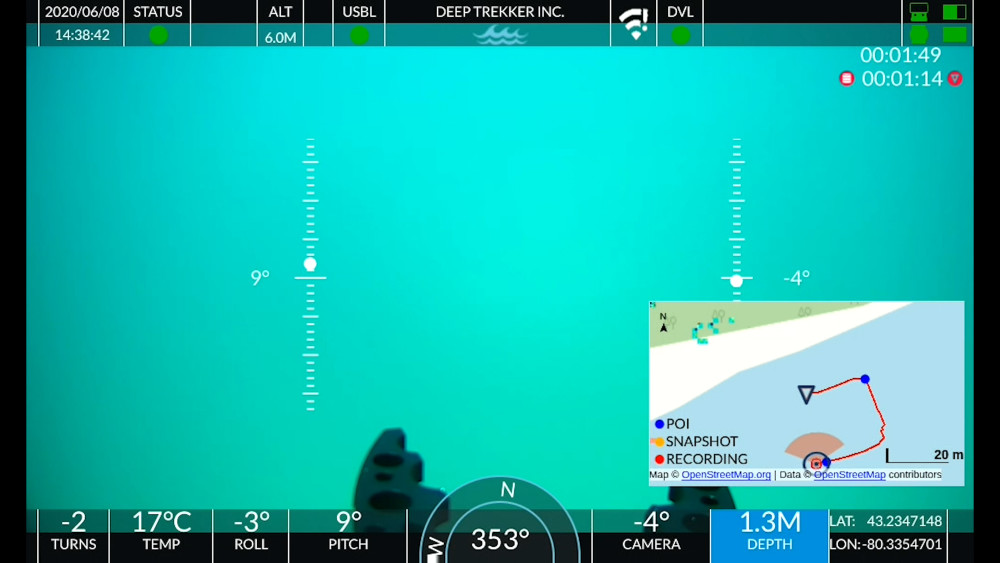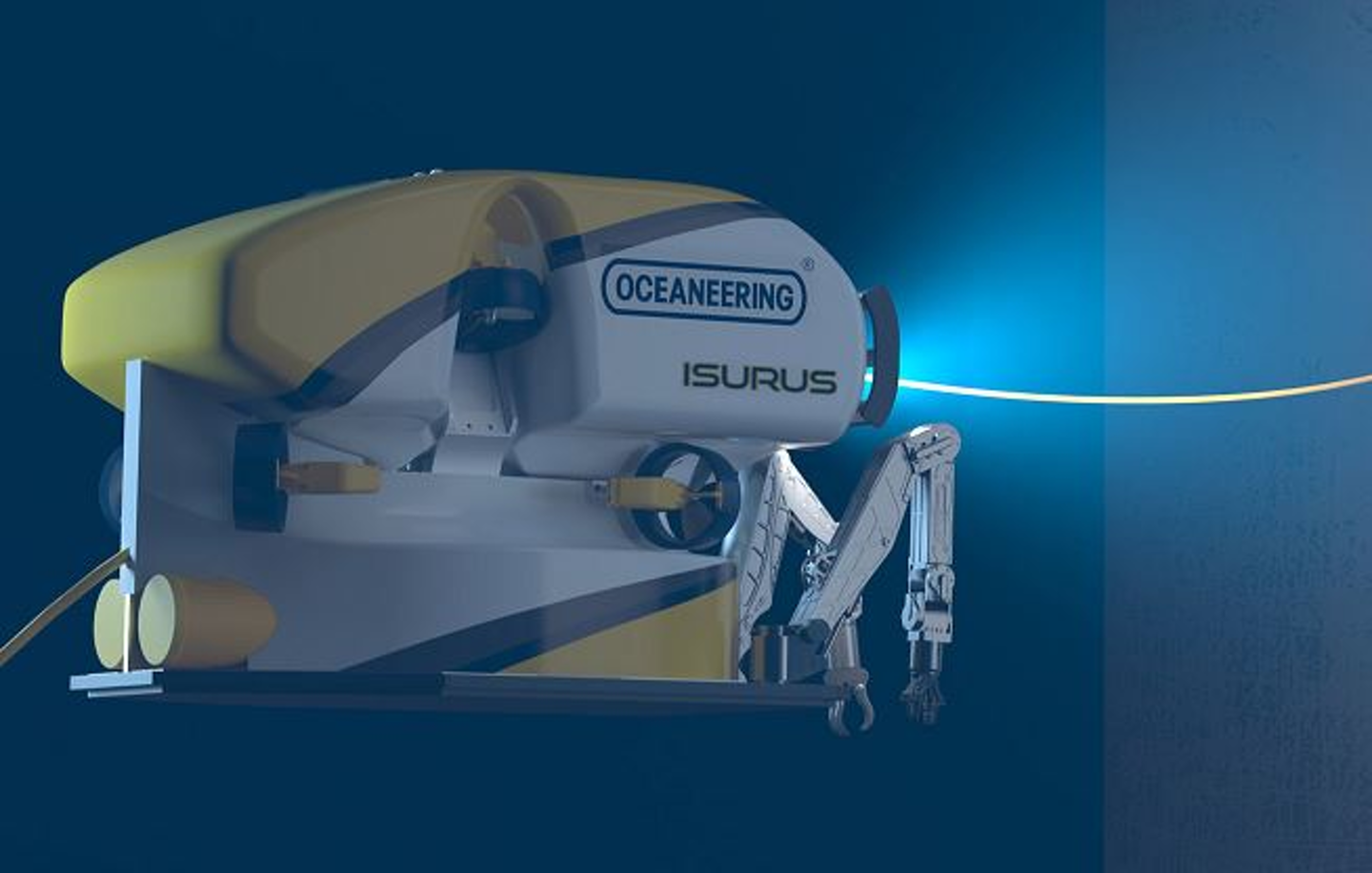Home › Forums › ROV › ROV Technical Discussions › Subsea battery packs
- This topic has 13 replies, 7 voices, and was last updated 15 years, 10 months ago by
Anonymous.
-
AuthorPosts
-
December 14, 2008 at 5:45 am #2062
Savante
ParticipantI need to get something like 9 to 24V (can use DC:DC inverter if required) in a subsea battery to power a remote observation point.
I do not want to have to pay for a kongsberg unit as these really are rather dear and I only need 3 days use!!
Anyone got experience in using batteries subsea? I was thinking of using a couple of 9V blocks – but am concerned if there is any issues with respect to pressurising one up, gas leakage, etc. Is there a safe option??
December 14, 2008 at 7:57 am #20929Andy Shiers
ParticipantSo no chance of modfication by engineering then ?
A small steel pod with a 2 pin B/H subcon in it ?December 14, 2008 at 8:20 am #20930Savante
Participantthat’s the plan at the moment lostio !! The concern was more with addressing problems that Kongsberg talk about… safety precautions in dealing with gases from the batteries. I think they just use a 1atm pod to hold theirs too.
Was pretty much going for an old camera housing and re-wiring the penetrator to house the batteries….
December 14, 2008 at 8:27 am #20931Andy Shiers
ParticipantSurely You wouldn’t have a problem using Lithium batteries ? Three days you say ? Relaying data at what strength and time period ?
December 14, 2008 at 8:33 am #20932Savante
Participantbaud 9600, 8n1, prob 1 hz….. not that much data, only depth really, the probes only need about 30mA and 9V. Was going to leave a datacorder in a bottle next to it, so no umbilical to drop power over.
I don’t know, there are lithium batteries in the hipap subsea transponders…. but we always vent them on surface. To be honest, I think it’d be ok, but just getting pucker level 1 from reading the safety stuff if they get them wet and at pressure..
This came from kOngers manual on their lithium batteries. Wasn’t sure if they had something proprietary inside or if you can get away with a couple of rechargeables…..
Short-circuits, overheating, mechanical damage and exposure to
water can start chemical reactions and high currents inside the
transponder lithium battery. This can generate noxious gases
and/or danger of explosions. The chemical reactions will
continue without additional supply of oxygen, as the battery
cells contain the necessary ingredients for maintaining the
chemical reactions.
During operation, the battery is placed inside the transponder.
Water ingression into the transponder can cause dangerous
situations.December 14, 2008 at 9:01 am #20933Glevum
ParticipantIdronaut use normal alkaline 9v batteries in their CTDs no problem.
If you want a big cheap under water battery get a wet cell 12V lead acid battery that you can top the electolyte up on. Put it in a box and fill it up with mineral oil. Put a membrane lid on the box to comp it, and throw it in the water.
You need to make sure each cell is full of oil on top of the electrolyte.
This will work at full ocean depth.
You can buy them from DSPL, but they charge a lot of money for a polypropylene box with a Urethan lid
December 14, 2008 at 9:04 am #20934SMURF
ParticipantShouldn’t be any problems using rechargable batteries in a pod with penetrator bulkhead connector.
Only time you really have to worry about the gas is when you are recharging them. If you are confident with the water tight integrity of your pod, all is well!
Kongsberg have to put all that safety precaution writing in all of their equipment to meet all safety standards.Good luck on your data collection!! 😀
December 14, 2008 at 9:38 am #20935Andy Shiers
ParticipantYou are not confident in your water tight seals I’m thinking Savante 😀
December 14, 2008 at 9:46 am #20936Anonymous
GuestSolder the batteries togetter and use a epoxy potting compound to keep them togetter. This will hold ‘m dry.
December 14, 2008 at 10:03 am #20937Savante
Participantach, will prob just go and buy a decent housing. The old camera is showing her age !
December 14, 2008 at 4:42 pm #20938Rons_ROV_Links
ParticipantThat Kongsberg safety datasheet is about those big lithium thionyl chloride batteries used in the MPT transponders. In worst case they produce toxic gases. These batteries have to be stored in ventilated areas (paint lockers) or outside.
The batteries used in Kongsberg RPT transponders, as often used on ROVs, contain (non-chargeable) lithium batteries from RS Components potted in Scotchcast.
December 14, 2008 at 4:55 pm #20939Savante
Participantbonus !!
December 22, 2008 at 12:26 pm #20940c
ParticipantHi Savante
Just about all oceanographic instruments run alkaline d cells spot welded together to make whatever voltage necessary. They supply plenty of power especially for 3 days. A partially flooded housing will cause a little gas build up but nothing dramatic (lithiums are a different story though) if youre worried about youre housing just fill it with oil. ive been deploying instruments and housings to 2000m for 13 years, only ever had one incident of spraying out gas when opening a housing, just watch for the creep on the bolts as you open it up etc
cheers caryFebruary 10, 2009 at 3:14 am #20941Anonymous
GuestDear Savante,
in our institute we use for microelectronic packaging polymers. But I think that in your case the problemm can be solved very simple. Put the lithium battery together to obtain the voltage you need, then mold them in an package of SU8. It is very cheap and very esay to obtain. If you want to know the whole technology, give me a private message.
Santa
-
AuthorPosts
- You must be logged in to reply to this topic.



